When it comes to tile selection for your next project, it’s important to understand the differences and considerations between floor tiles and wall tiles. While they may seem interchangeable at first glance, each type of tile is specifically designed to meet the demands of their respective applications. In this article, we will explore the key factors to consider when deciding between floor tiles and wall tiles. Durability and Support One of the primary considerations when choosing between floor tiles and wall tiles is the level of durability and support required. Floor tiles are designed to withstand heavy foot traffic, furniture, and other loads, making them more robust and resistant to wear and tear. They are typically available in thicker sizes and are made from materials such as porcelain or ceramic, which offer high strength and endurance. On the other hand, wall tiles are generally thinner and lighter since they do not need to support heavy loads. They are designed to enhance the aesthetic appeal of a space rather than endure physical stress. Wall tiles are available in a wide range of materials, including ceramic, porcelain, glass, and even natural stones like marble or travertine. Slip Resistance Another important consideration, especially for more practical spaces like bathrooms and kitchens, is slip resistance. Floor tiles usually have a higher coefficient of friction, providing a safer surface to walk on, even when wet.
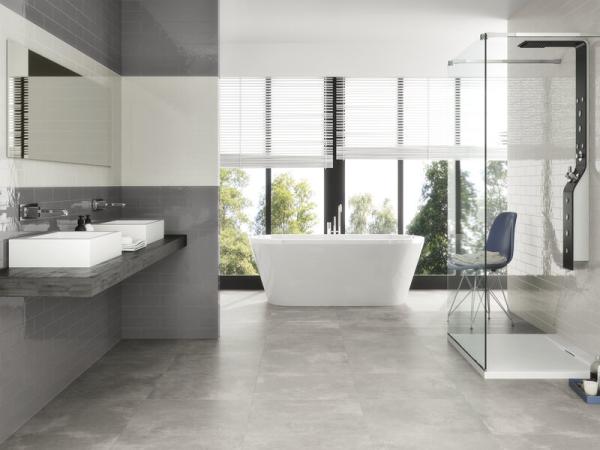
.
 This can greatly reduce the risk of accidents and falls, making them ideal for areas prone to moisture or spills. Wall tiles, on the other hand, do not require the same degree of slip resistance. Instead, their main focus is on aesthetics and ease of cleaning. That being said, there are floor tiles available with a wide range of finishes that combine both style and slip resistance, making them suitable for walls in potentially slippery areas. Water and Stain Resistance In areas such as bathrooms, kitchens, or laundry rooms, where moisture and spills are common, it’s crucial to consider the water and stain resistance properties of the chosen tiles. Floor tiles are specifically designed to withstand water exposure, making them highly resistant to moisture and stains. This ensures that they can maintain their appearance and durability even in high-moisture environments. While wall tiles do not encounter the same level of water exposure as floor tiles, it’s still important to choose tiles with good water resistance properties, especially in areas like showers or backsplashes. The choice of grout used can also greatly impact the water resistance of both floor and wall tiles, so it’s essential to carefully consider this factor as well.
This can greatly reduce the risk of accidents and falls, making them ideal for areas prone to moisture or spills. Wall tiles, on the other hand, do not require the same degree of slip resistance. Instead, their main focus is on aesthetics and ease of cleaning. That being said, there are floor tiles available with a wide range of finishes that combine both style and slip resistance, making them suitable for walls in potentially slippery areas. Water and Stain Resistance In areas such as bathrooms, kitchens, or laundry rooms, where moisture and spills are common, it’s crucial to consider the water and stain resistance properties of the chosen tiles. Floor tiles are specifically designed to withstand water exposure, making them highly resistant to moisture and stains. This ensures that they can maintain their appearance and durability even in high-moisture environments. While wall tiles do not encounter the same level of water exposure as floor tiles, it’s still important to choose tiles with good water resistance properties, especially in areas like showers or backsplashes. The choice of grout used can also greatly impact the water resistance of both floor and wall tiles, so it’s essential to carefully consider this factor as well.
..
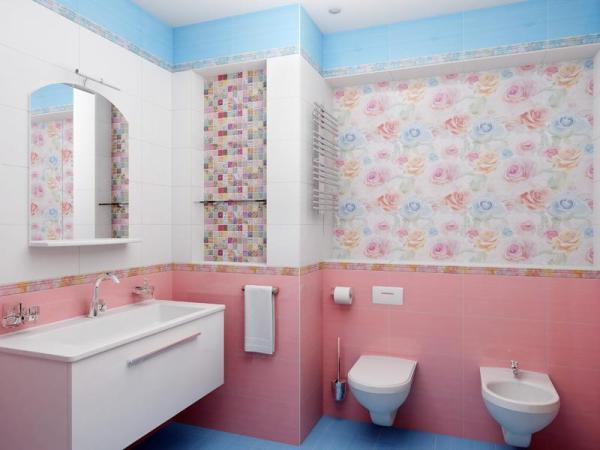 Aesthetics and Design When it comes to aesthetics, both floor tiles and wall tiles offer a vast array of options to suit different design preferences. However, wall tiles typically offer more variety in terms of colors, patterns, and textures. They serve as a focal point, adding visual interest and personality to a space. Floor tiles, on the other hand, are usually more practical and subtle in design, as they serve as a foundation for the overall look of the room. However, modern trends are shifting, and statement floor tiles with intricate patterns and bold colors are becoming increasingly popular, allowing for more creativity in the design of floors. Cost Considerations The cost of tiles can also play a significant role in your decision-making process. In general, floor tiles tend to be more expensive than wall tiles due to their higher density and durability.
Aesthetics and Design When it comes to aesthetics, both floor tiles and wall tiles offer a vast array of options to suit different design preferences. However, wall tiles typically offer more variety in terms of colors, patterns, and textures. They serve as a focal point, adding visual interest and personality to a space. Floor tiles, on the other hand, are usually more practical and subtle in design, as they serve as a foundation for the overall look of the room. However, modern trends are shifting, and statement floor tiles with intricate patterns and bold colors are becoming increasingly popular, allowing for more creativity in the design of floors. Cost Considerations The cost of tiles can also play a significant role in your decision-making process. In general, floor tiles tend to be more expensive than wall tiles due to their higher density and durability.
…
 The additional materials and manufacturing processes involved contribute to their higher price point. Wall tiles, being thinner and lighter, are typically more affordable. This affordability allows for more design flexibility, as you can experiment with different styles and patterns without breaking the bank. Final Thoughts When it comes to choosing between floor tiles and wall tiles, it’s important to consider the specific requirements of the space, such as durability, slip resistance, water resistance, aesthetics, and budget. By carefully weighing these factors, you can make an informed decision that will result in a beautiful, functional, and long-lasting tile installation for your next project.
The additional materials and manufacturing processes involved contribute to their higher price point. Wall tiles, being thinner and lighter, are typically more affordable. This affordability allows for more design flexibility, as you can experiment with different styles and patterns without breaking the bank. Final Thoughts When it comes to choosing between floor tiles and wall tiles, it’s important to consider the specific requirements of the space, such as durability, slip resistance, water resistance, aesthetics, and budget. By carefully weighing these factors, you can make an informed decision that will result in a beautiful, functional, and long-lasting tile installation for your next project.

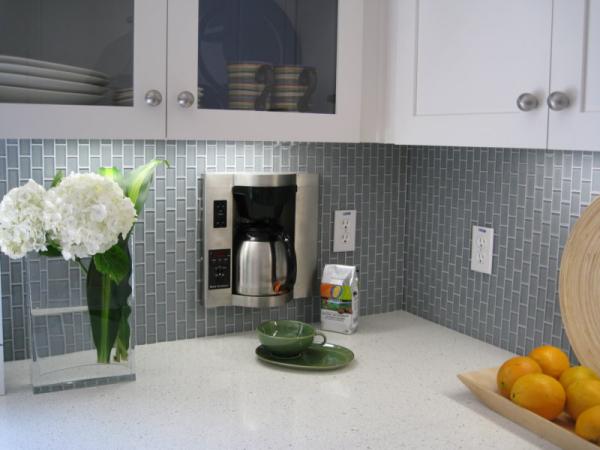
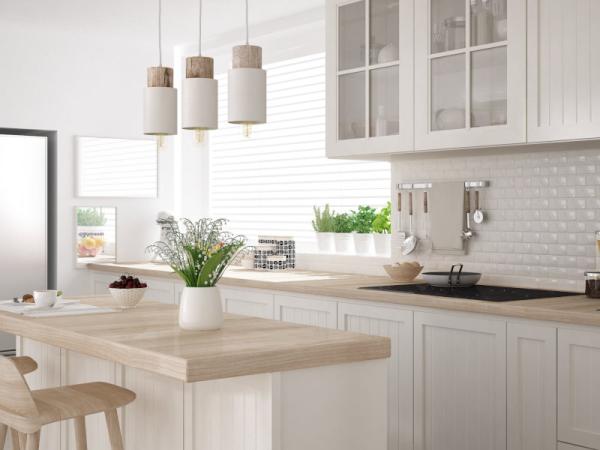



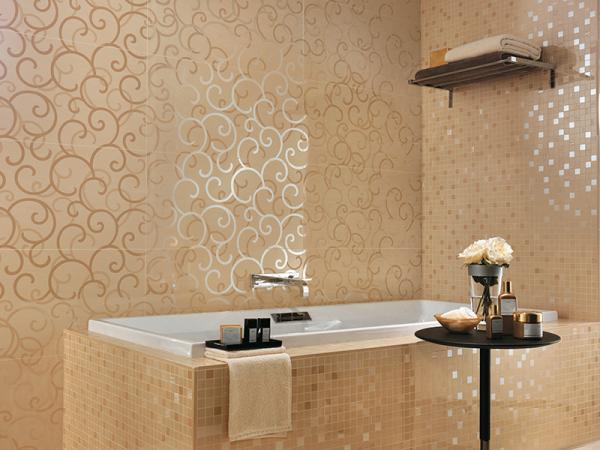
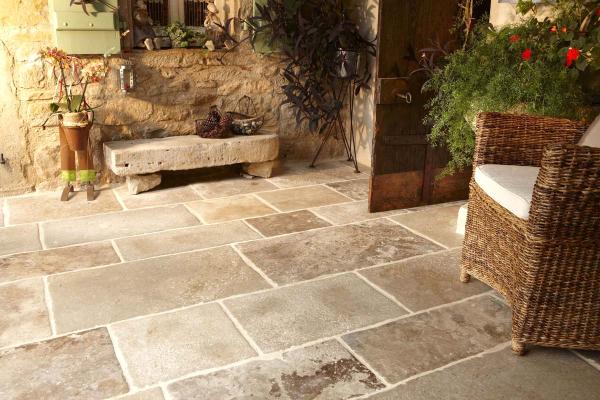
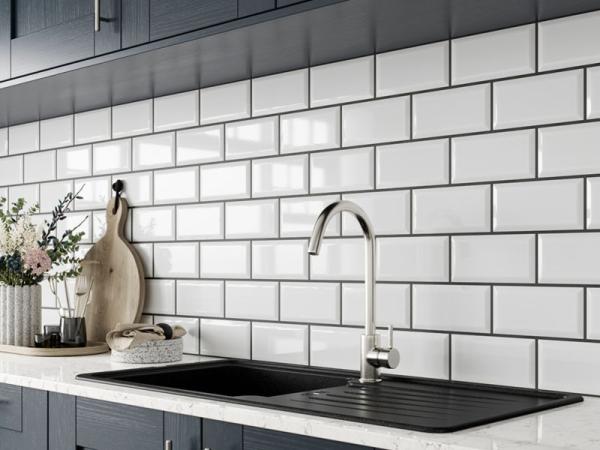
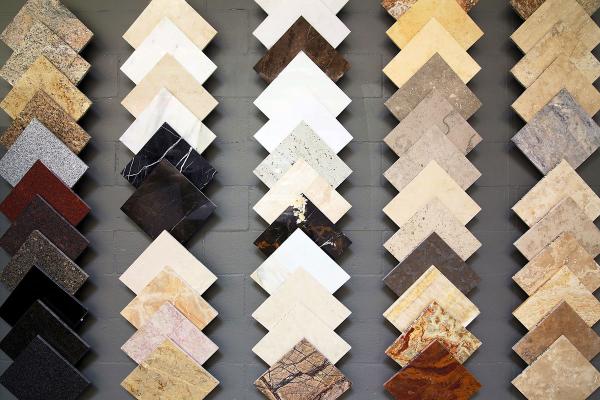
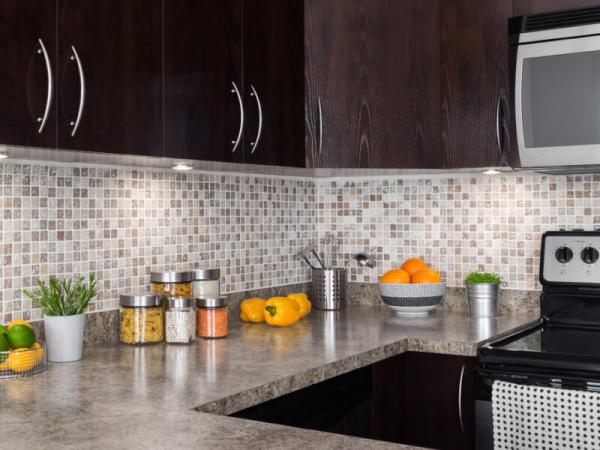
Your comment submitted.